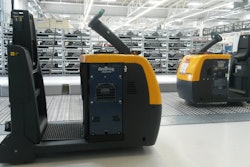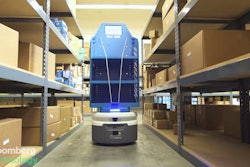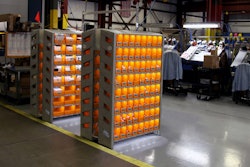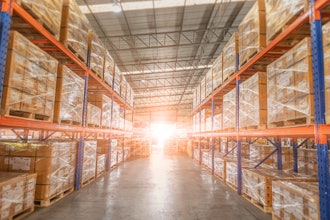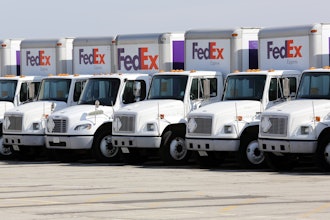Until recently, warehouse operations were quite labor intensive and consisted of several manual processes. However, it is now becoming automated, collaborative and cloud-based due to advancements in technology. This allows you to streamline warehouse operations, address critical issues, meet customer needs, collect and analyze data, and improve warehouse productivity.
Let us look at some of the trends and technologies that will greatly impact your warehouse operations in the coming years.
1. Big Data
Regardless of how much data you collect, you won’t gain any business insight if you don’t analyze it. This is why Big Data is a trend you must watch out for. You have the power to gather and store detailed, historical information and analyze it using various tools. Big Data allows you to identify changes in customer needs and even predict them. It also helps in identifying necessary improvements in products or even in warehouse operations to fulfill customer orders more quickly.
2. Autonomous Vehicles and Equipment
There will be a rise in autonomous vehicles and equipment in the near future. Autonomous vehicles are driverless and capable of making appropriate decisions in response to their environment, whereas driverless vehicles like automatic guided vehicles (AGVs) are generally controlled from outside the vehicle or are limited to a programmed path.
The AGVs present in the warehouses today generally follow preplanned routes and they can’t navigate around obstacles. Human intervention is required to remove the obstacles and restart the AGV, causing disruption and congestion within the warehouse. The developing technology has brought semiautonomous vehicles in the warehouses, which can carry out several tasks and require minimum human intervention. They will eventually give way to fully autonomous vehicles which can respond accurately to their environment and wouldn’t require any human intervention.
Autonomous equipment consists of conveyor systems, conveyor scales, weighing and sorting systems, etc. A lot of companies rely on automated storage solutions as well. The next 3-5 years will see several businesses wanting to upgrade the existing automated packaging systems or implement new ones. Some will even focus on robotics to enhance their operations and increase productivity.
The use of advanced weighing scales such as truck scales and forklift scales will go up in order to optimize weighing processes in the warehouse. They would also help in improving the accuracy of shipping and billing, thus enhancing workflow productivity and increasing the revenue.
3. Mobile Devices
Mobile technology has been a part of warehouse operations for over a decade with the use of RFID and handheld barcode readers. However, this technology has evolved and it now includes a plethora of new devices.
Tablets and smartphones are increasingly becoming the mobile devices of choice that allow you to conduct various warehouse operations remotely and efficiently. Mobile devices also bring the advantage of being cost-effective and familiar to the users, which helps in lowering the training costs and enables widespread adoption amongst the users.
4. Internet of Things
Internet of Things or IoT is expected to be the next big thing in warehouse operations. Sensors and data-communication technology can be built into warehouse components like conveyors and other physical equipment. IoT connects these sensors and data-communication technology to the Internet, thus allowing you collect and analyze important data. It enables the physical devices to be tracked, traced, coordinated and controlled within a warehouse and through a supply chain, up until it reaches the customers.
Gartner Group estimates that business had 2.42 billion connected devices in 2016, will have 3.14 billion connected devices in 2017, with that figure to reach 7.55 billion by 2020. You will be able to monitor everything, right from the geolocation of large materials to the location of the smallest items within a supply chain. It will also support communication and coordination across the conveyor systems, automated storage and retrieval systems, forklifts, and other systems to enable new levels of visibility and automation.
5. Cloud Technology
Cloud-based solutions were not prominent for a long time in warehouse operations. One of the challenges was that most operations were mainly carried out in the warehouse only, which meant that there was little need to access Warehouse Management System (WMS) from mobile devices remotely from anywhere else. Since ‘access from anywhere’ was the main reason why companies implemented the cloud technology, it held little appeal for WMS applications.
However, this idea is changing with experts agreeing that cloud could make its presence felt in warehouses in the near future, especially for smaller warehouse operations as it has a low cost of ownership and small IT footprint.
These five trends will make a huge impact in warehouses across the globe. Make sure you are ready to embrace them!
Kevin Hill is the content editor and online marketing manager at Quality Scales Unlimited. Always an early adopter and fast learner; Kevin combines his technical knowledge with content marketing in creative ways to give Quality Scales Unlimited a competitive edge.




